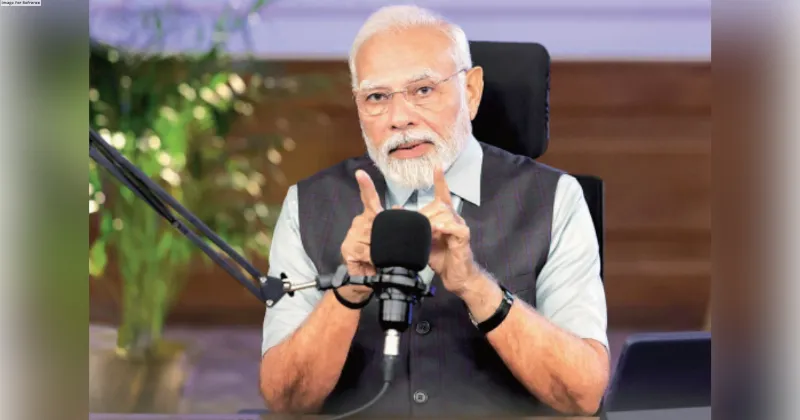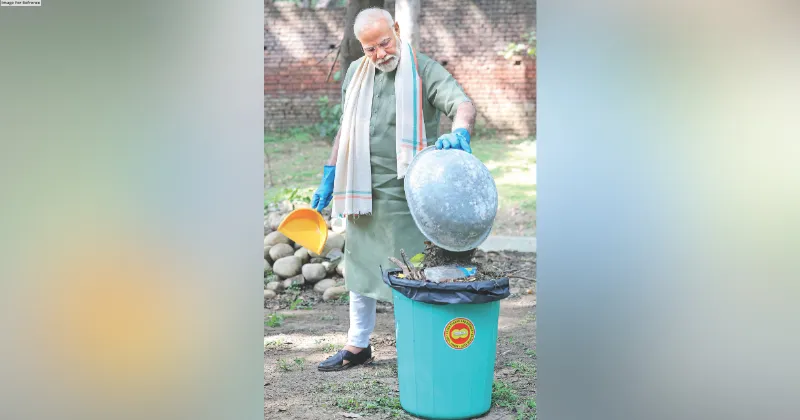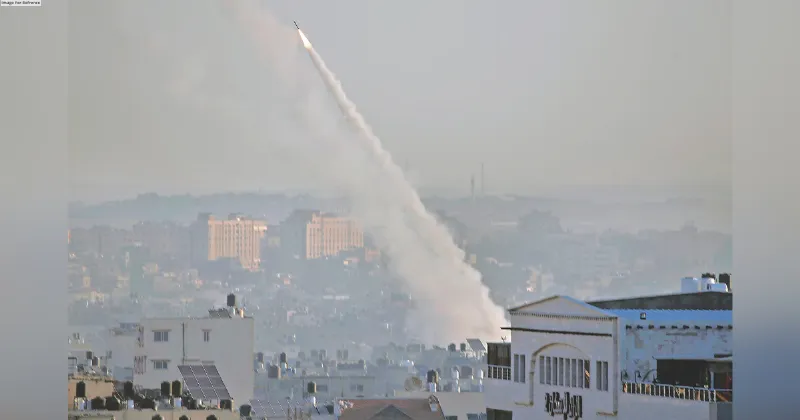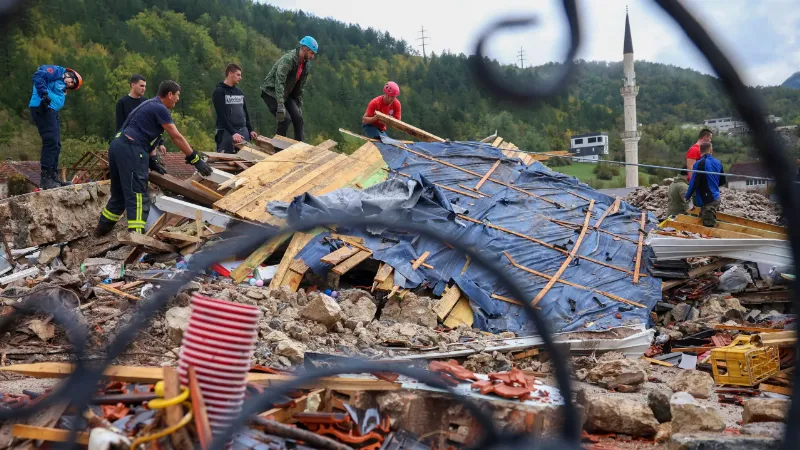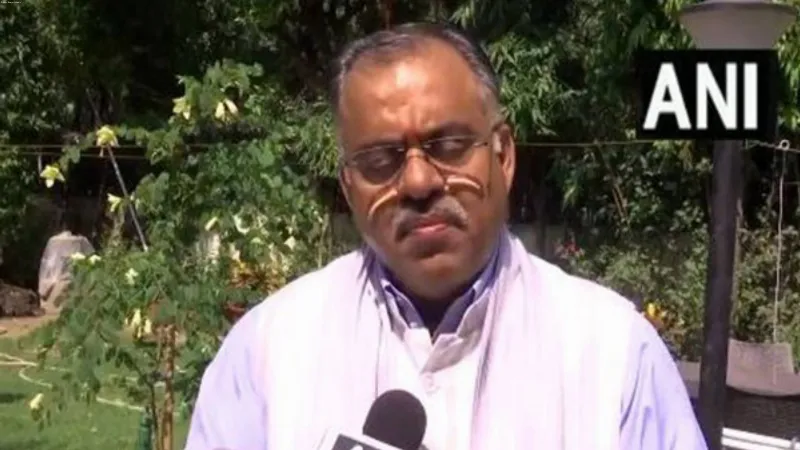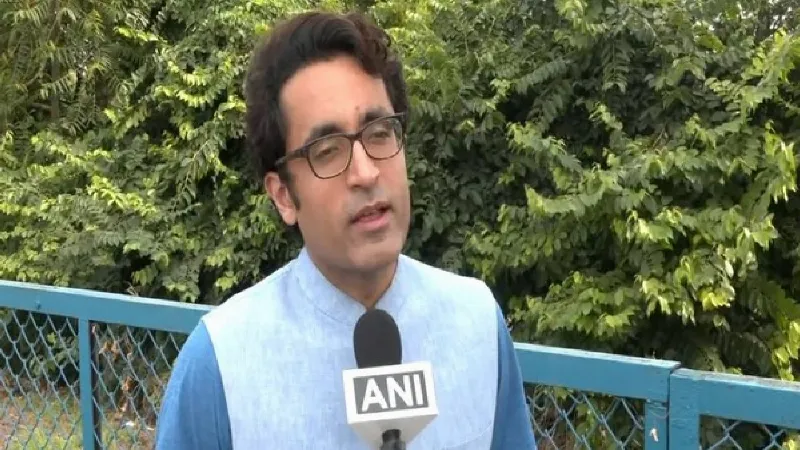Latest News
Chinese -Russian Rivalries Intensify in Central Asia
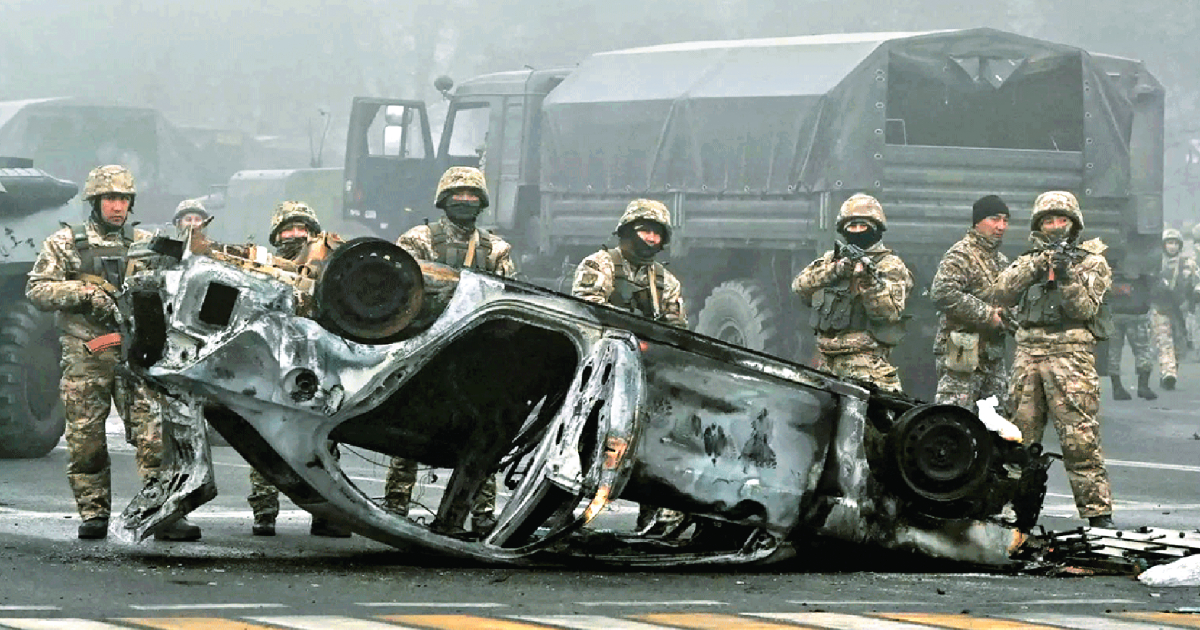
Did Russian President Vladimir Putin surprise both China and the US-led western powers on January 7 by sending troupes to Kazakhstan?
The answer could be in the affirmative. The civil protests in the country had become violent and the government was unable to tackle them.
It appeared that the protesters have made the administration totally dysfunctional. Just a few hours before the match of Russian army in the country a sharp reaction of the Chinese President XI Jinping supporting the autocratic regime of the Kazakhstan President, Kassym-Jomart Tokayen was issued.
It appeared that China may send its forces to control the civilian agitation, but the Russian initiative has thwarted such an intervention for a while.
Earlier, the protesters were seen destroying various trade offices and the outer structure of Chinese factories. It was happening despite Tokayen’s shoot-atsight order against the protesters.
The situation was worsening with each passing day till the Russian forces arrived in the troubled areas. The decision of the Kazakhstan government to invite the Russian forces, perhaps, was not only correct but timely.
If he had sought Chinese help, the country might have been facing much bigger turmoil, if not a full-scale civil war.
The immediate cause of the countrywide movement against the government is said to have triggered off following the price-hike of gas and petroleum products, but the anger against the present autocratic regime was brewing for the past several years.
Therefore, it is not surprising that the agitation has continued In spite of the withdrawal of the price-rise order. The people’s anger has been brewing against the rulers having agreements with China, which have been kept under wraps under the confidential clauses.
There are reports that the ruling elite has siphoned off huge funds as bribes obtained from the Chinese deals to various destinations in Europe and other countries.
Therefore, it is not surprising that XI Jinping has endorsed the shootat-sight order. It has reaffirmed the connivance of the Chinese companies with the corrupt Kazakhstan officials.
Meanwhile, the American opposition to the presence of the Russian army in Kazakhstan has upset the initiatives of NATO’s Partnership for Peace and its long-term plans to penetrate the Eurasian region.
The recent criticism of the US Secretary of State, Antony Blinken, could be attributed to this western dream. The Russian forces have been sent under the security pact, Collective Security Treaty Organization (CSTO) between Russia and the former republics of the USSR.
The Chinese apprehensions regarding the troubles in Kazakhstan could be traced to its 276 billion USD investments in the crucial energy sector.
It is also investing in the development of infrastructure. Earlier, the anti-Chinese protests had erupted due the refusal of the government to reveal the agreement clauses.
The government had recently, though reluctantly revealed the details, which included the revision of the land code. It has enabled the Chinese to obtain land for 25 years, while the local investors could obtain land only for 10 years.
It is also stated that the Chinese could successfully extract the most favourable terms under the Chinese educated Tokayen, who has been enjoying unbridled state power in the country.
During the post-1990 years, especially following the fragmentation of the USSR, the western powers tried to promote radical Islam in the country, but the Kazakh people could not be trapped to it. They reverted to religious practices but maintained a broader liberal approach to Islam.
They had transferred the nuclear assets to Russia and allowed the Russians to continue their space research from their country. However, the unrestricted exploitation of the country’s natural resources took place during the past two decades, both Russia and China invested in the country.
The Russian investment was mostly focused on the renewable energy sector, especially in setting up windmills.
The Russian environmentalists, such as Eugene Simonov, have been active in river conservation and other naturefriendly activities in the region, including Mongolia and the western regions of China.
On the other hand, the Chinese investment was towards the exploitation of Nature and for ensuring a friendly regime in the country.
China also considers the country as a natural extension of its influence zone in the region. Therefore, in spite of the China-Russia Treaty in 1864, which had demarcated China’s northwestern frontiers, the Chinese ambitions in the region never ceased. It included present-day Kazakhstan.
The Chinese also claim theirs ancient ties with the region. During the 14th century, the region was brought under the Mongol Empire.
XI Jinping believes that dury the pre-Christian era, the Kazakh ancestors, Wusun, were supported by the Chinese. Their marriages have cemented these ancient ties.
However, during the USSR years, the Kazakh-Russian marriages were common, which have continued even the post-USSR years.
Therefore, a growing Russian-Chinese competition, if not the confrontation, in the region cannot be ruled out.
THE VIEWS EXPRESSED BY THE AUTHOR ARE PERSONAL

